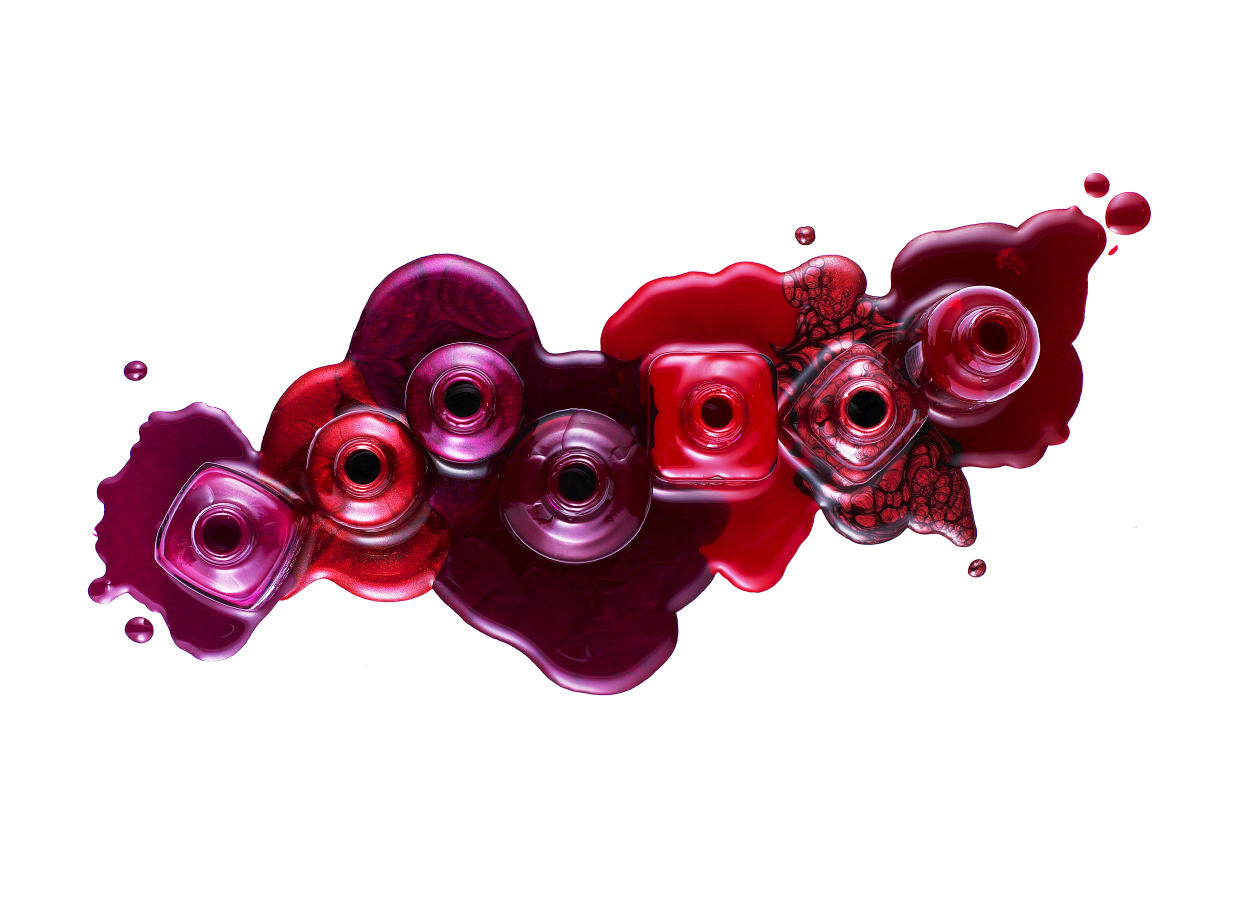Here’s how to choose a non-toxic nail polish, because nail health is important
There comes a defining moment in every person’s life when a major event triggers you to question your previous life choices. For us, that moment came when we were painting our nails in a room that was not well-ventilated. As we got slightly lightheaded, we wondered—what’s actually in this stuff? The ingredient list was daunting, but luckily, finding a safe formula is easier than ever.
Related Article: The Hottest Spring Nail Colors Right Now
First, start by noting the differences between 3-free and 5-free formulas. 3-free options leave formaldehyde, dibutyl phthalate, and toulene out of the formula, while 5-free lacquers remove camphor and formaldehyde resin in addition to the aforementioned “toxic trio.” Luckily, 3-free lacquers have become the new normal, with brands like Essie, Butter London, OPI, and Deborah Lippmann among many others claiming the title. The 5-free category is just as extensive, and even luxury brands like Dior, Jin Soon, and Chanel are joining the existing standards that include Zoya, Julep, and RGB. Want to take it a step further? Many brands like Londontown and Sundays proudly wear the 9 and 10-free labels, respectively. Both brands exclude all of the above ingredients from the mix, along with a side of xylene, ethyl tosylamide, parabens, lead, and in the case of the Sundays lacquers, tert-butyl hydroperoxide.
Related Article: These Nail Polishes Will Make Your Mani (and Future) Bright
When in doubt, consult the nail category on the EWG Cosmetics Database. Short for the Environmental Working Group, this non-profit organization take a good, hard look at the ingredient list of just about any product out there, makeupincluded, and will work with scientists to develop a toxicity rating that spans from 1 to 10. Products given a low score, like 1 or 2, are considered low-hazard, while anything from 3 to 6 present a moderate. Proceed carefully with any product that gets over a 7 on a scale, as they’re considered pretty high-risk.
This article originally appeared in InStyle by Marianne Mychaskiw.



